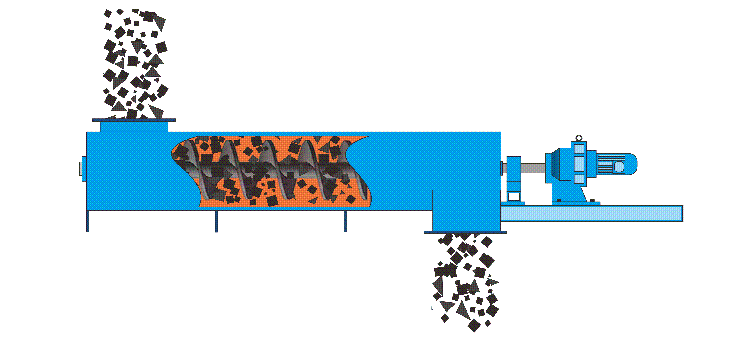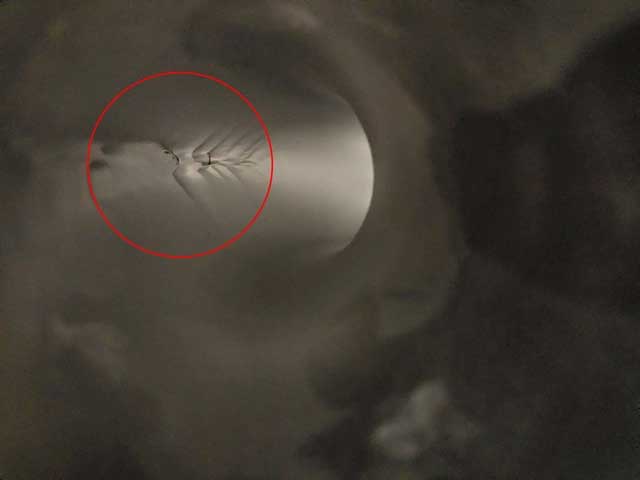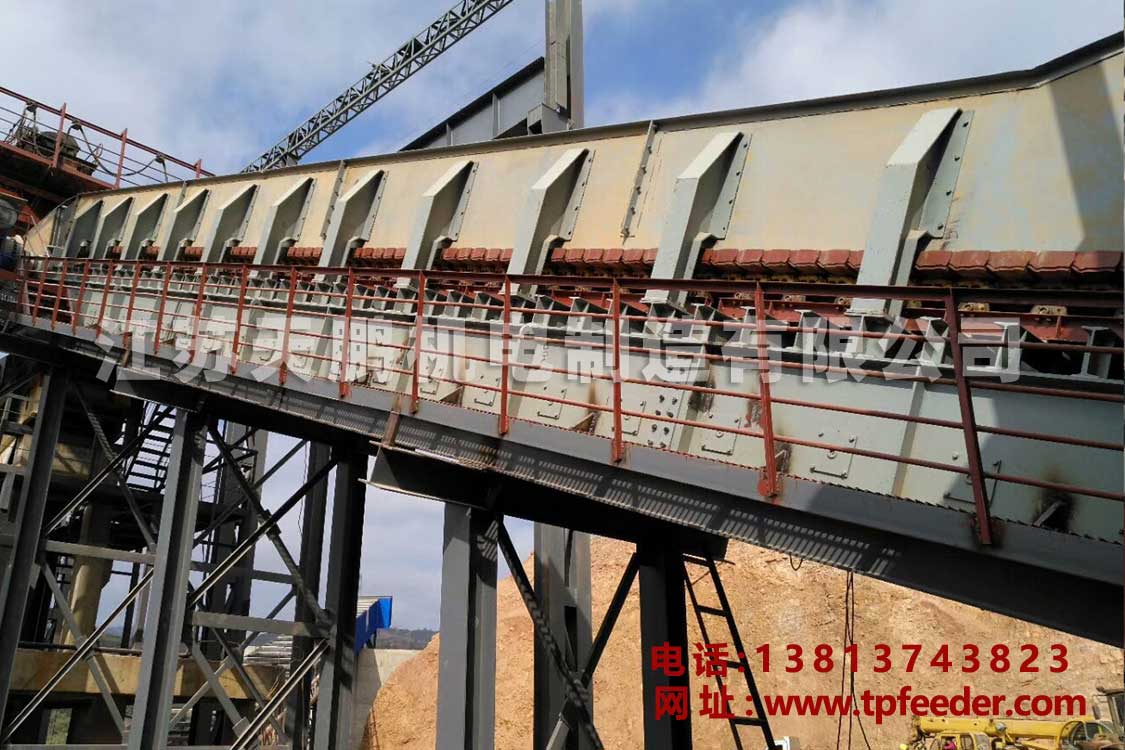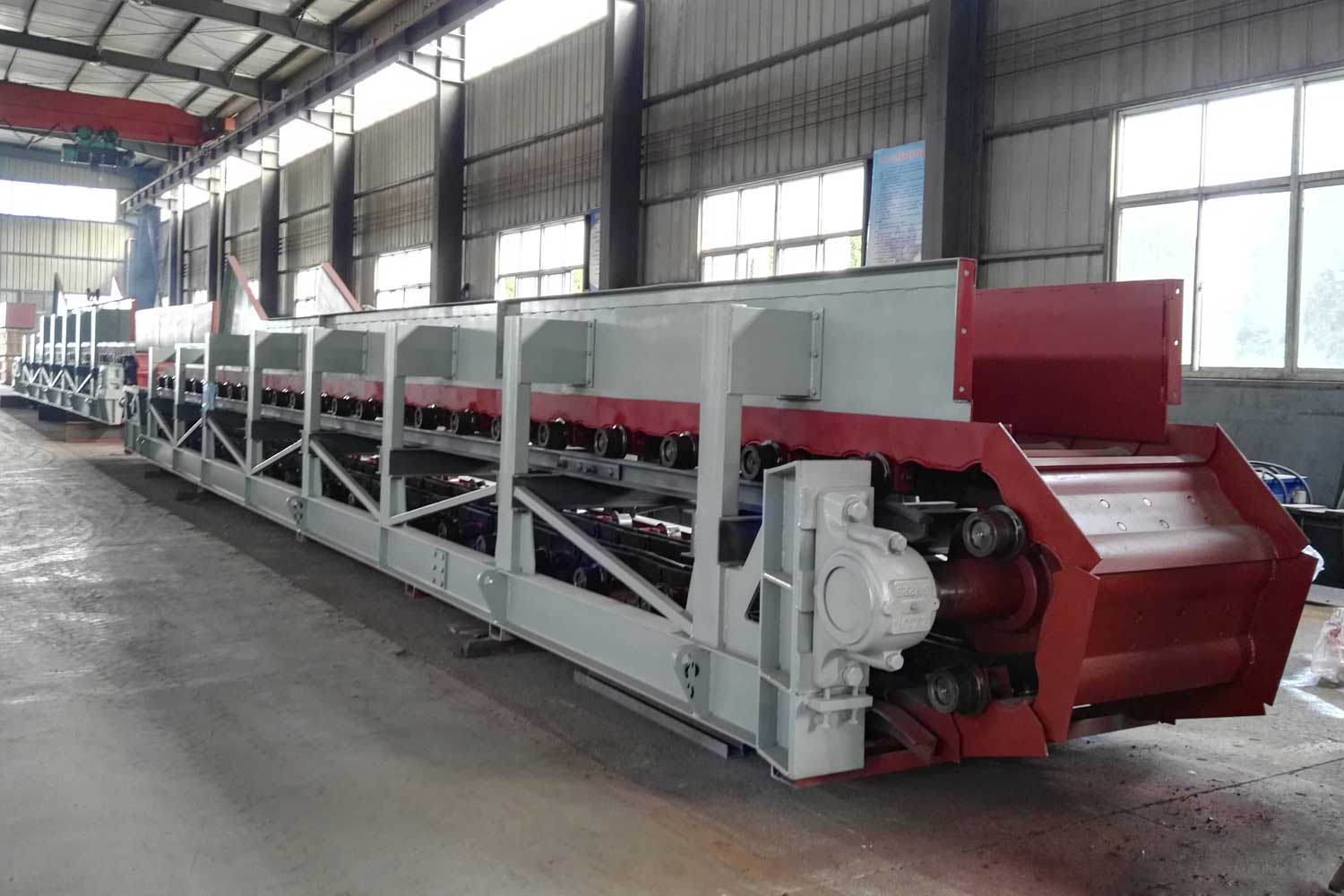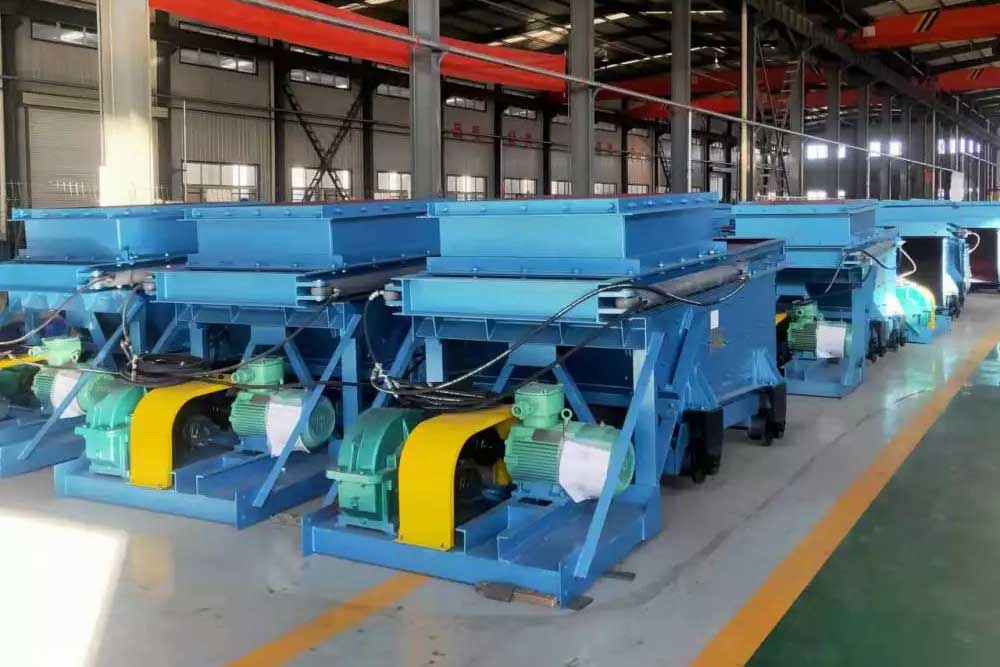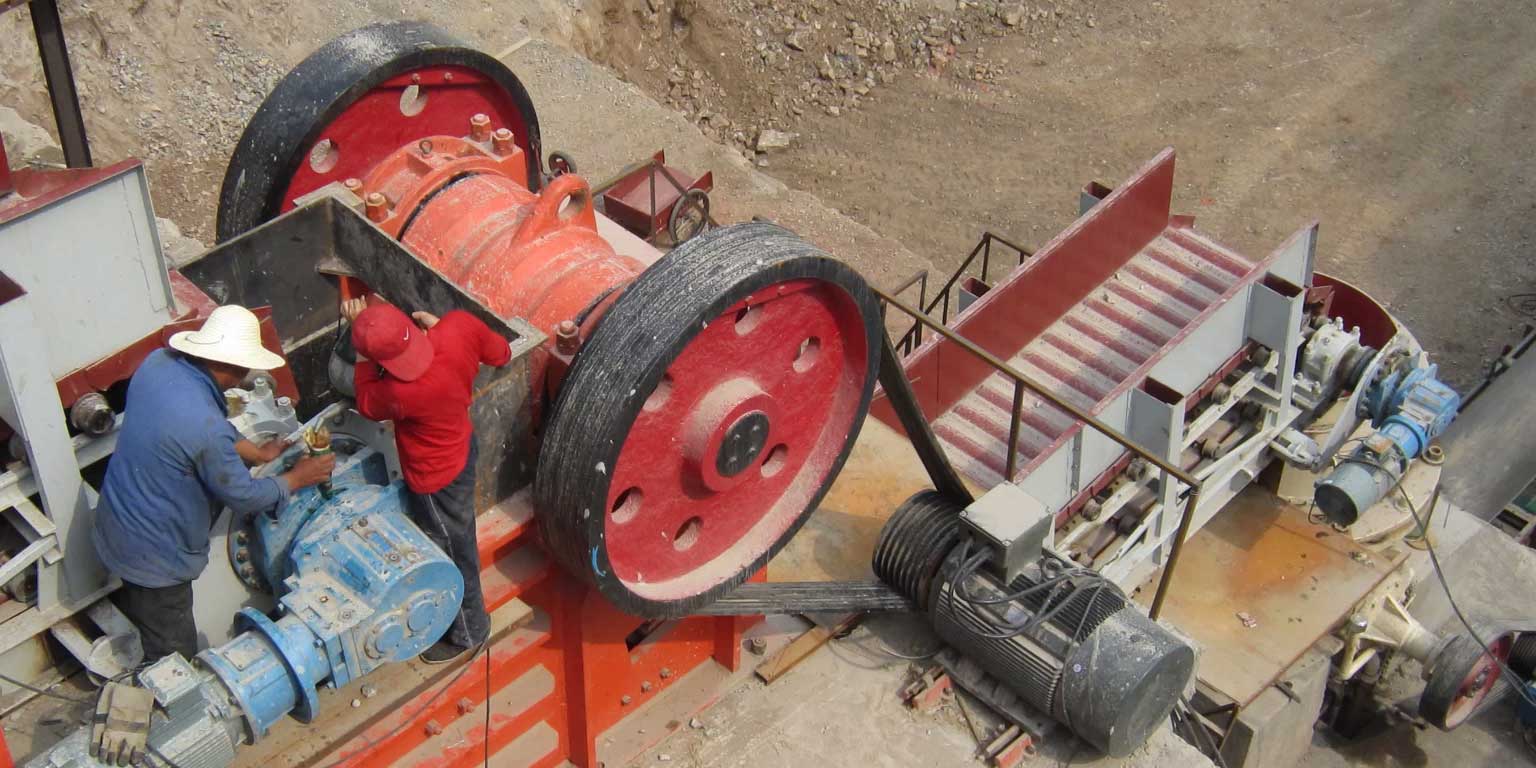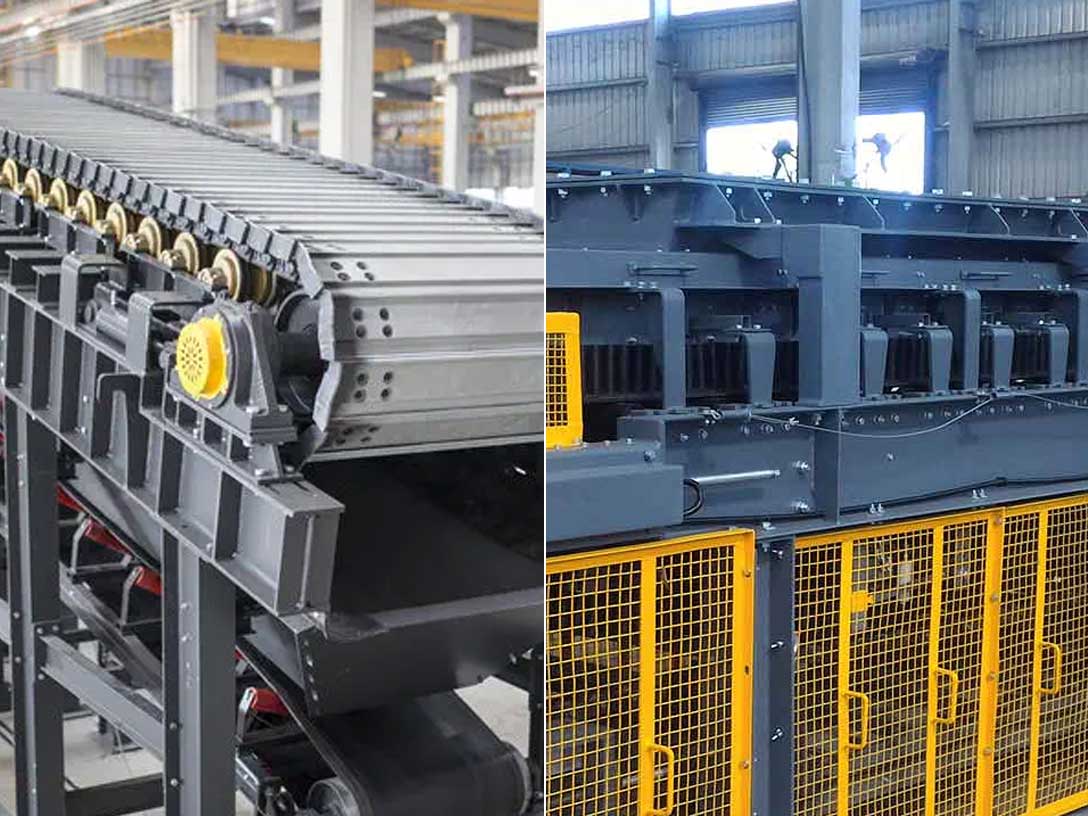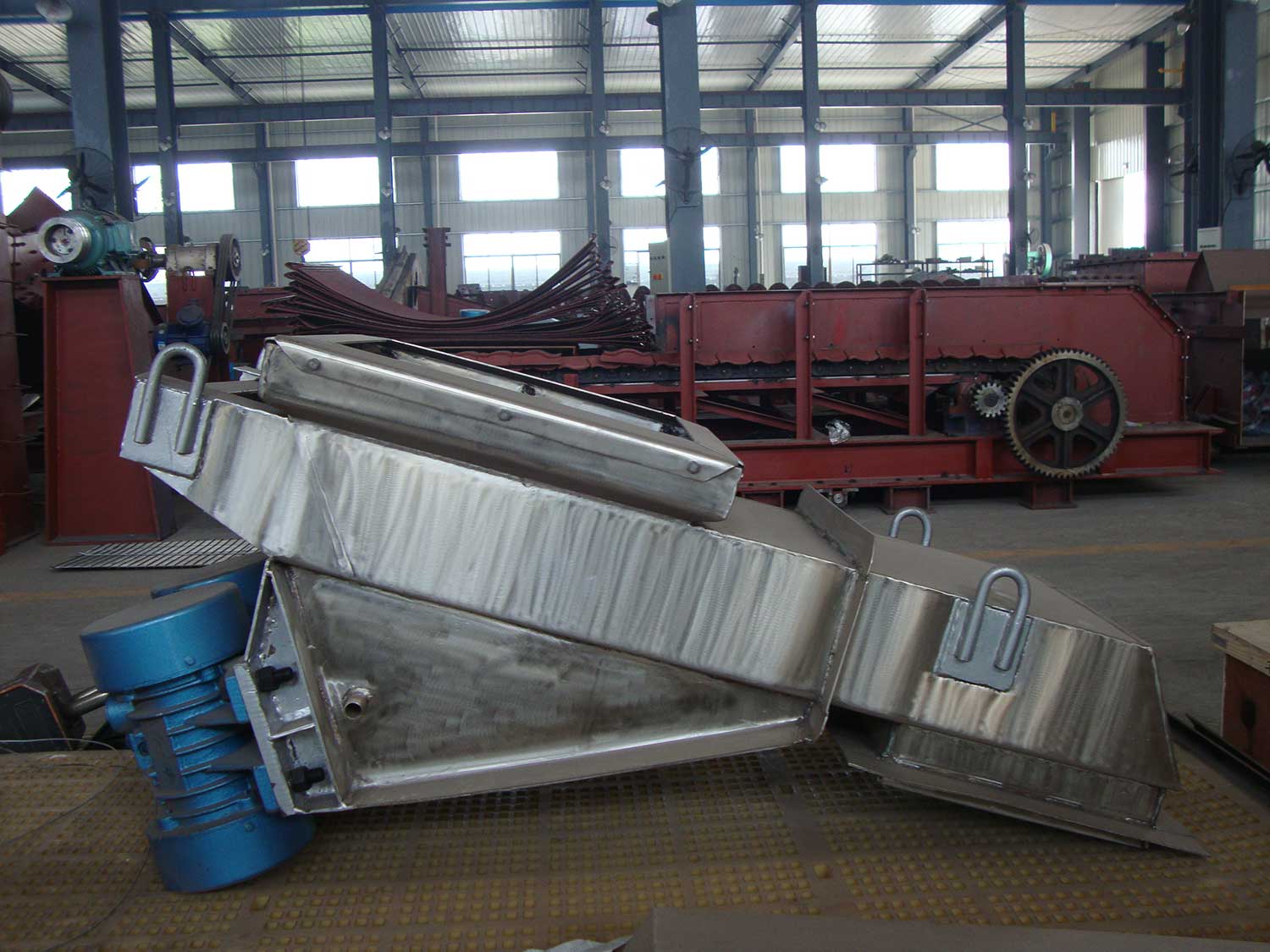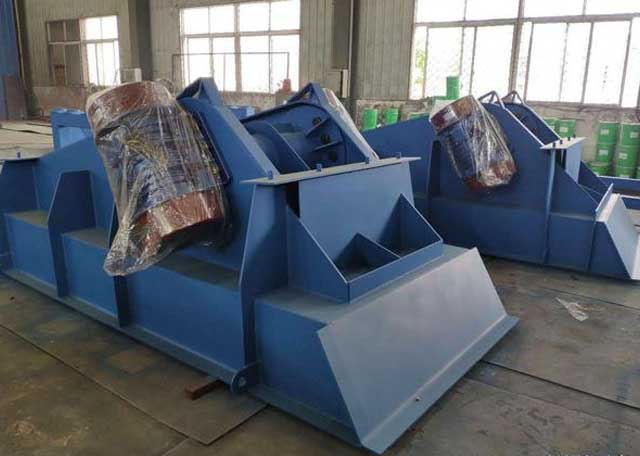Basics of Screw Feeder: Symbols and units, delivery capacity
What is a screw conveyor? The screw conveyor is used for the continuous conveying of bulk materials. It consists of a spiral body formed by one or more sets of helical blades fixed on the tube shaft and a fixed trough. The spiral rotates in a fixed trough. The bulk material fed into the trough… Read More »Basics of Screw Feeder: Symbols and units, delivery capacity
